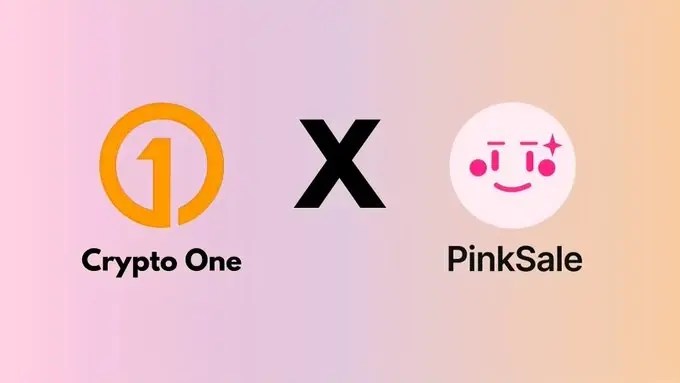
Affiliate marketing is evolving fast. What worked a few years ago — credit cards, VPNs, and generic e-commerce — is being replaced by high-growth niches powered by technology, sustainability, and digital finance.
In 2025, the best affiliate marketers aren’t chasing trends — they’re getting in early on the next wave of industries that merge innovation, utility, and long-term demand.
Here are the top affiliate niches to watch in 2025 — and why they’re worth your focus.
1. Green Tech & Sustainability
The push for renewable energy, EVs, and carbon offsets isn’t slowing down. Consumers are becoming more eco-conscious, and governments are incentivizing sustainable solutions.
Why it works:
- High-ticket products (solar tech, EV chargers, home batteries)
- B2B and consumer crossover potential
- Long-term growth backed by global policy
Pro tip: Look for affiliate programs tied to carbon credit tokens or green investment platforms — especially those leveraging blockchain transparency.
2. DeFi Tools & Web3 Platforms
DeFi isn’t dead — it’s maturing. From staking dashboards to portfolio analytics tools, affiliate marketers are finding strong recurring revenue opportunities.
Why it works:
- Growing user base of crypto investors seeking safer, smarter tools
- Commissions from on-chain transactions or premium analytics subscriptions
- Ecosystem partnerships
Hot angle: Tools that integrate AI + DeFi, providing data insights or risk scoring for decentralized investments.
3. AI-Powered Productivity Tools
Everyone’s looking for ways to work smarter, and AI is the ultimate leverage tool. Whether it’s writing assistants, automation platforms, or analytics dashboards — the demand for AI SaaS is exploding.
Why it works:
- Recurring commissions on subscription models
- Huge search volume and viral content potential
- Cross-niche appeal (business, marketing, education)
4. Financial Education & Investing Platforms
With inflation and economic uncertainty still dominating headlines, people want better control of their finances. Affiliate programs for investment apps, trading courses, and personal finance platforms are booming.
Why it works:
- Evergreen niche — people will always look for ways to earn and invest
- High payouts per signup or subscription
- Opportunity to merge with your money or crypto content verticals
5. Web3 Gaming & NFT Utilities
Gaming remains one of the biggest onramps into crypto — and Web3 gaming affiliate programs are growing fast. Many now offer commission models tied to in-game purchases, NFT drops, and staking features.
Why it works:
- Massive user engagement
- Potential for viral social content
- Passive revenue via gaming ecosystems and marketplaces
6. Digital Health & Biohacking
Tech meets wellness. From wearable devices to supplements and health tracking apps, this sector blends consumer tech with personal optimization.
Why it works:
- High LTV (lifetime value) customers
- Growing trend in “longevity” and preventative health
- Potential to connect with crypto audiences interested in data ownership and decentralization of health records
WTF Does It All Mean?
Affiliate marketing in 2025 isn’t about chasing hype — it’s about aligning with real industries creating measurable impact.
Green tech, DeFi tools, AI, and financial education all share one thing in common: they empower people to take control of their future — financially, environmentally, and technologically.
The best affiliates in 2025 won’t just sell — they’ll educate, inform, and build trust in emerging sectors that are defining the next digital economy.














